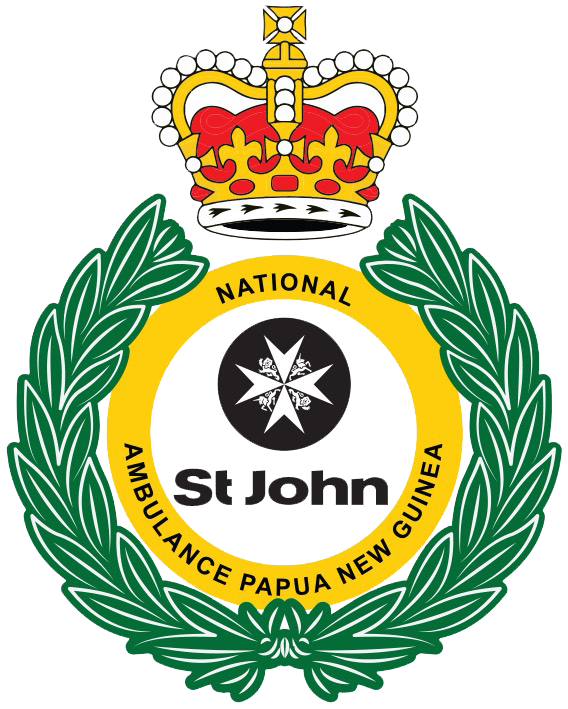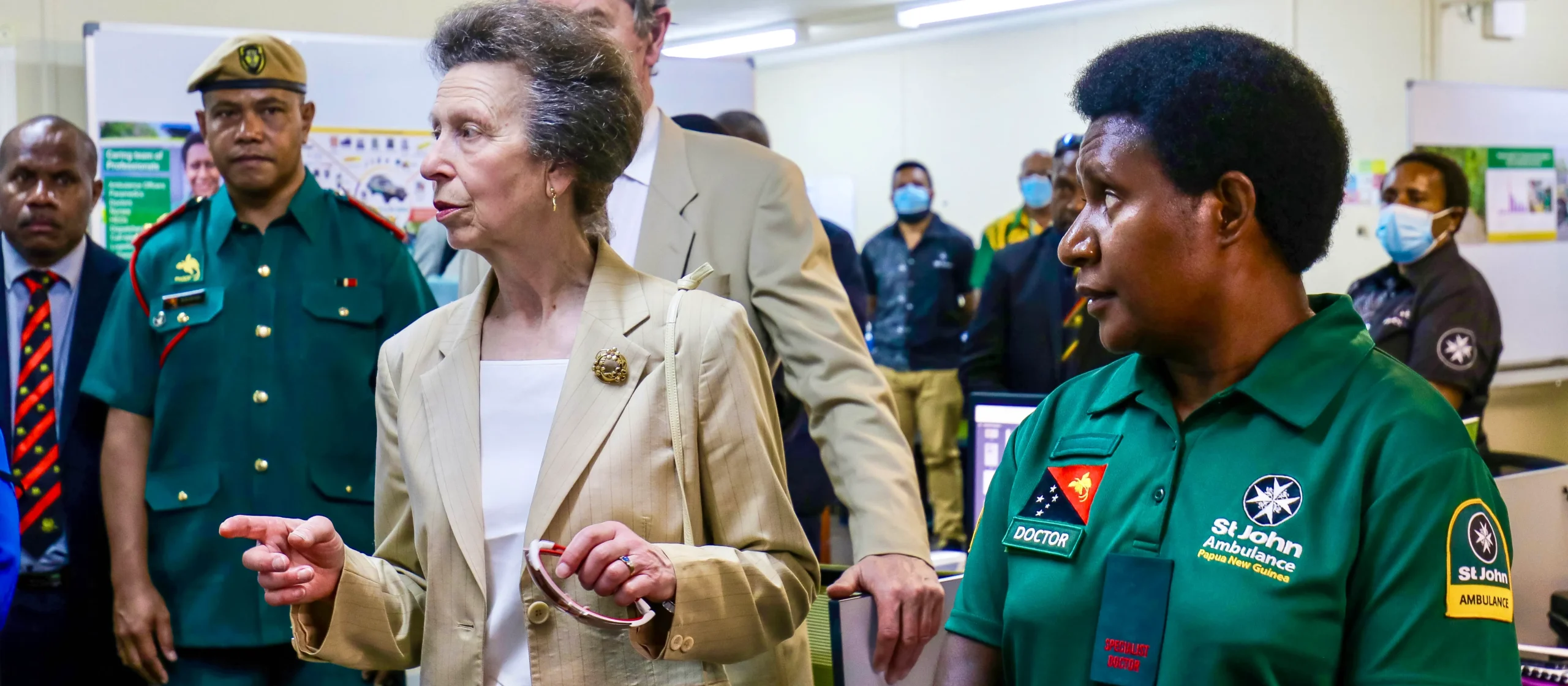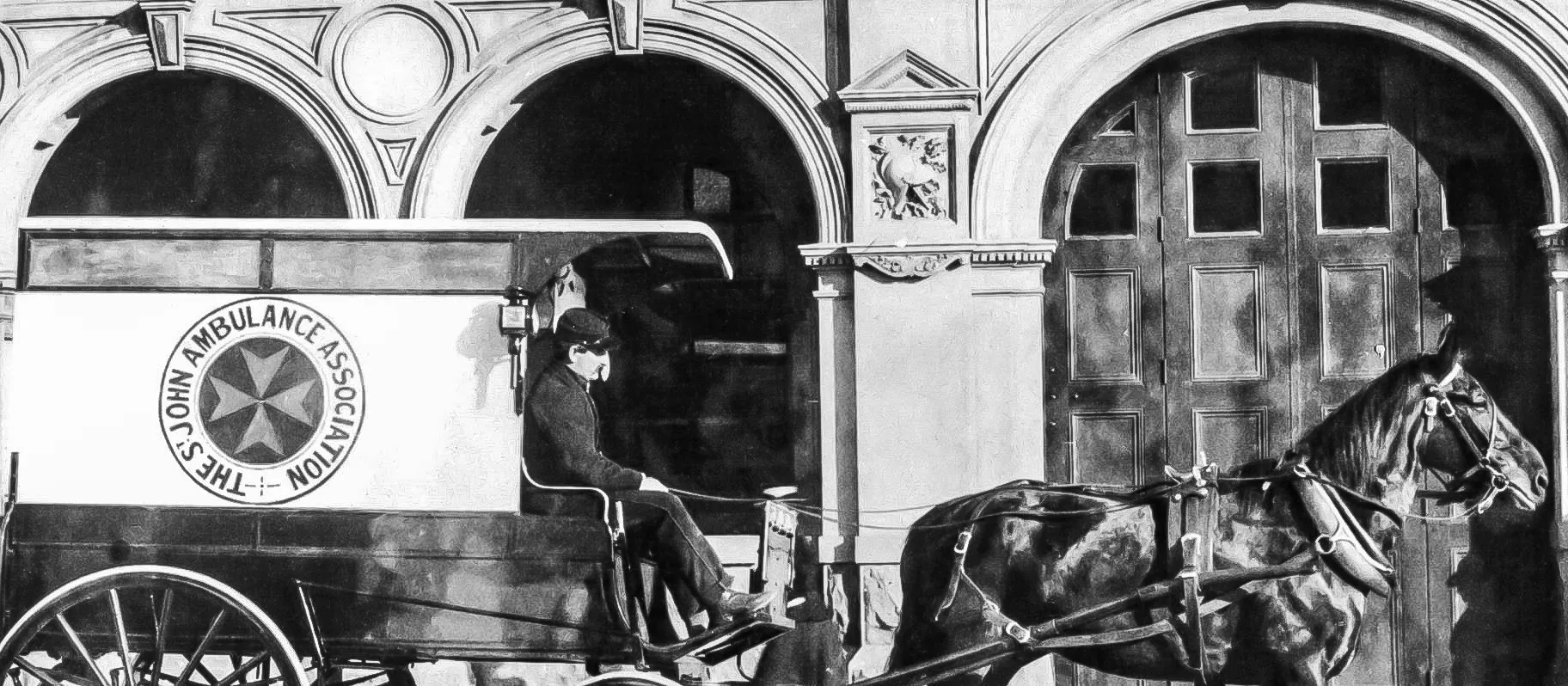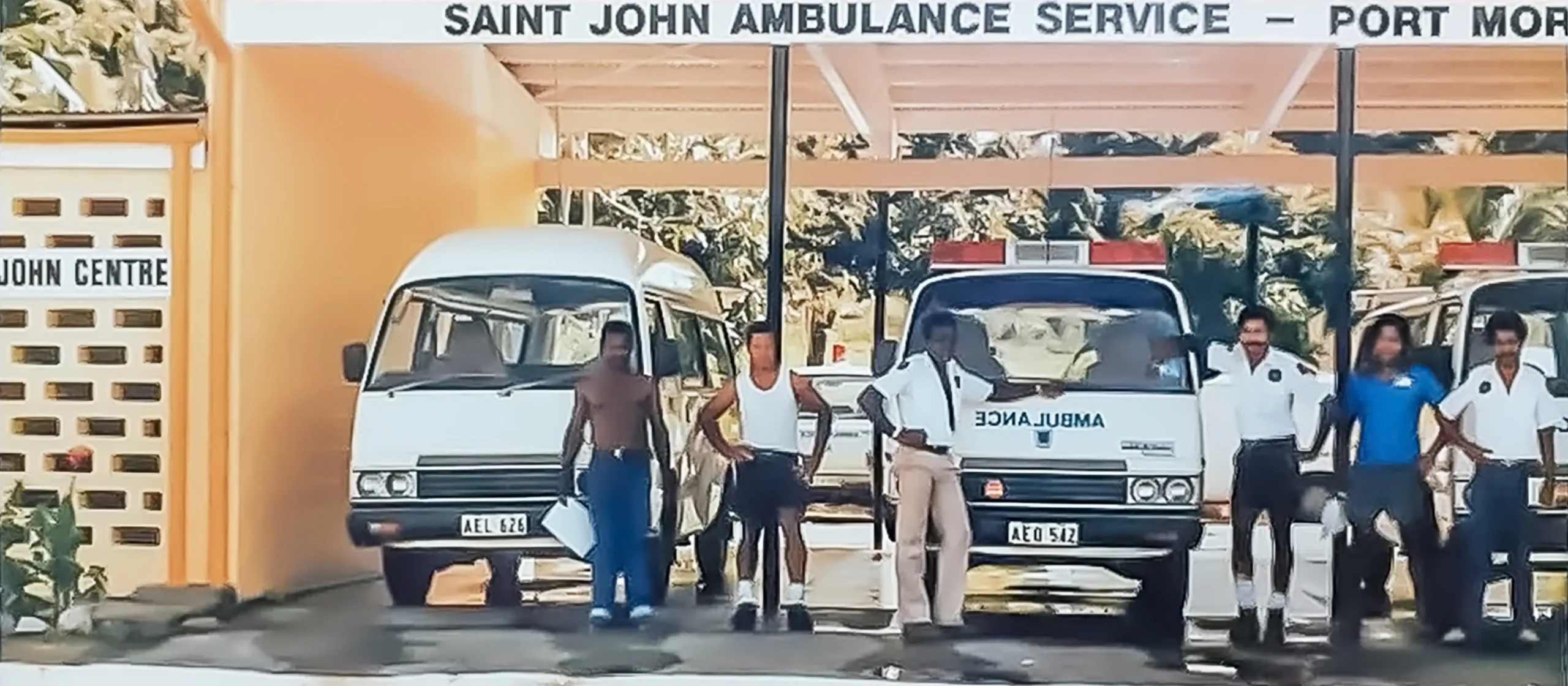History of the National St John Ambulance in Papua New Guinea
The modern Papua New Guinean National St John Ambulance (NStJA) is deeply rooted in the rich traditions and customs of both the people of Papua New Guinea and the nearly 1,000-year legacy of its sister organisation, the Order of St John. United by a common purpose and a shared brand, there are 44 St John entities around the world that each operate independently under their respective national bodies. Despite their national sovereignty, they are connected by shared values and a unified mission: the service of humanity and helping people in times of sickness, distress, suffering and danger.
The Papua New Guinea St John Ambulance was first established in 1957, at the time Papua New Guinea was a Territory of Australia and known formally as the Territory of Papua and New Guinea. St John initially went to action teaching first aid to the public, and later established ambulance services to help the sick and injured reach the safety of hospital, particularly for child birthing emergencies.
In 1975, Papua New Guinea was given Independence from Australia, and the Independent State of Papua New Guinea was formed. As the new country developed, healthcare services grew, cities modernised, and phone services became more common, it became necessary to have an ambulance service that could respond to emergencies. St John Ambulance rose to the occasion, providing emergency ambulance services in the National Capital District, Central Province, and other parts of the nation.
Following Papua New Guinea’s independence, the role of St John Ambulance became so significant that the Government, under Grand Chief Sir Michael Somare GCL, GCMG, KStJ, recognised the need to transition St John to a Papua New Guinean statutory body. To solidify the organisation’s status, Parliament enacted the St John Council Incorporation Act 1976. This Act established the objectives of the NStJA and created the National St John Council, now overseen by the Governor-General of Papua New Guinea.
The government appointed then Chief of Defence Force Brigadier General Ted Diro as the first Chairman of the National St John Council. The appointment of the CDF as Chair of St John was of strategic significance as the National St John Act highlighted a key role NStJA was to have in supporting the Defence Force with technical medical reserves as and when required. Among his team on the National St John Council around 1976 was the current Chief Justice, Sir Gibbs Salika KBE, then a junior lawyer.
As NStJA grew and the function of coordinated emergency ambulance services became more commonplace, the National Department of Health (NDoH) deemed it necessary for NStJA to take on the responsibility for the ambulance service. In 1983, NDoH formally transferred responsibility to NStJA for operating emergency ambulance services in PNG, thereby ensuring PNG had a centrally coordinated emergency ambulance system.
Over the next four decades, NStJA expanded across the four regions of Papua New Guinea through the National Department of Health and in partnership with Provincial Health Authorities.






